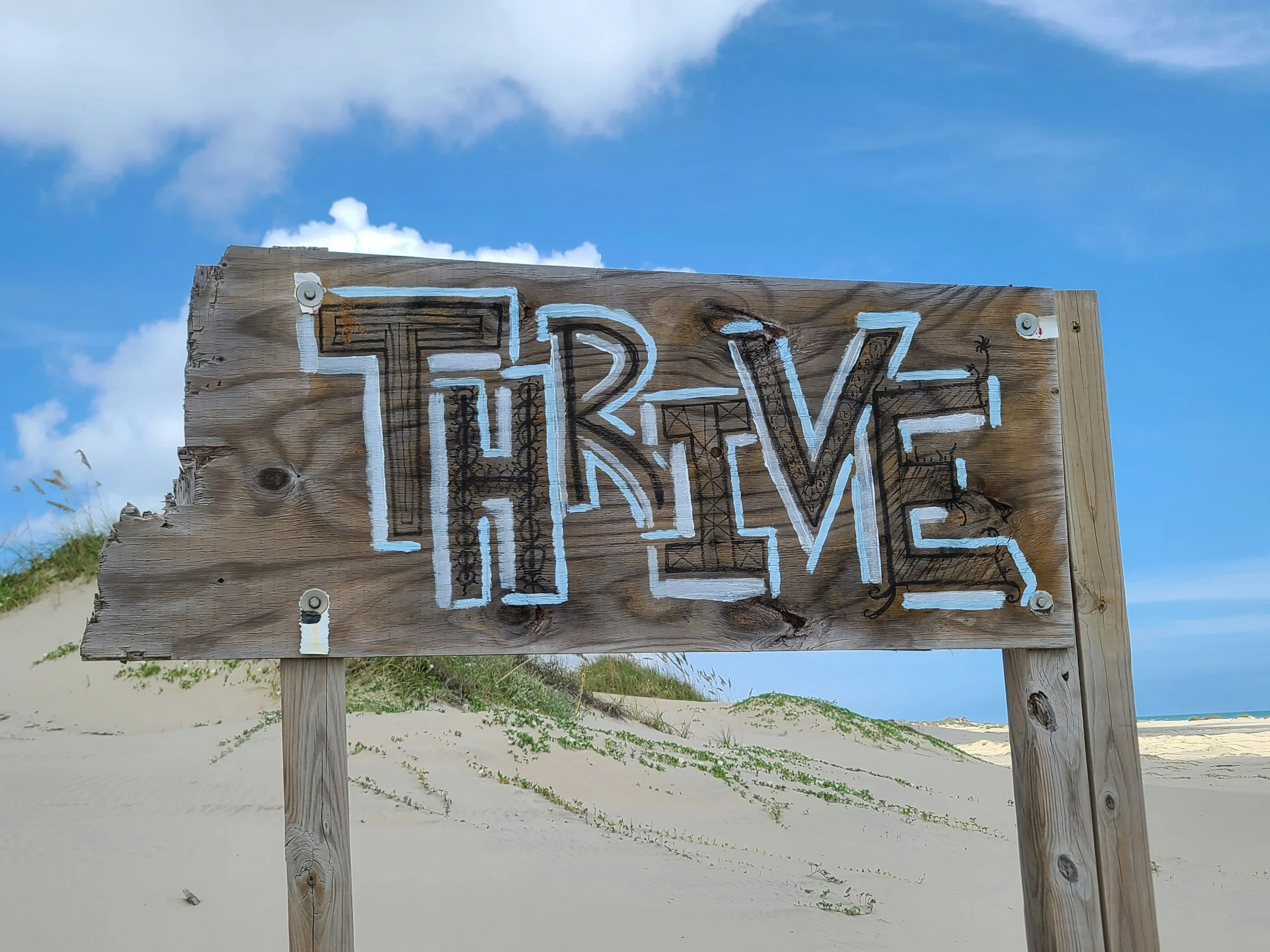Empowering Students Through Collaborative Learning
Published 12 November 2024
(In Ep #0 of the Professionall Pathways Podcast | Cal’s Journey into Teacher Education)
“A teacher tip that all novice teachers have to know is to put your students to work. I don’t mean assign a lot of homework. I mean don’t forget that you are not just a presenter. We are having to answer questions, give a lecture, and handle a hundred other things that require us to be in control of our classroom. But don’t forget that your students have a ton of knowledge themselves, and encouraging them to participate in different ways in the classroom is a great way to keep them engaged and invested. If a student asks a question like, ‘What does this mean?,’ instead of just simply answering the question, ask another student to answer it for them. That way, you are not only answering that student’s question, but you’re assessing other students’ knowledge and also giving them time to participate and collaborate in their classmates’ learning.”
Novice teachers often feel the weight of managing every aspect of the classroom—–lecturing, answering questions, monitoring behavior, and facilitating learning. It’s easy to fall into the trap of seeing yourself as the sole source of knowledge. But one of the most impactful tips for new educators is this: put your students to work.
This doesn’t mean piling on homework or group projects. It means leveraging the wealth of knowledge, curiosity, and capability that students bring into the classroom. Instead of answering every question yourself, create opportunities for students to engage, collaborate, and contribute to each other’s learning.
The Power of Peer Teaching
Research has consistently shown that when students actively participate in their own learning, they achieve deeper understanding and retention. Peer teaching, for example, can significantly enhance comprehension for both the student answering the question and the one asking it. According to Chi et al. (2018), students who explain concepts to peers engage in deeper processing of the material, which strengthens their understanding and problem-solving abilities.
By asking students to answer their classmates' questions, teachers promote collaboration and accountability. This simple strategy also encourages quieter students to participate, fostering a more inclusive classroom environment.
Encouraging Ownership of Learning
When students actively engage in answering questions or solving problems, they begin to take ownership of their learning. This ownership promotes a growth mindset, where students view challenges as opportunities to improve rather than obstacles to avoid (Dweck, 2006).
For example, if a student asks, "What does this mean?" redirect the question to the class: "Can anyone explain this concept?" This approach assesses understanding across the classroom, gives students a voice, and builds a culture of shared learning.
Building a Collaborative Classroom
By encouraging students to participate in teaching and learning, you’re not just lightening your own workload—–you’re fostering a classroom environment that values curiosity, collaboration, and critical thinking. This strategy shifts the focus from teacher-centered instruction to a dynamic, student-centered experience where everyone contributes to the learning process.
5 Practical Strategies to Empower Students Through Active Participation
Turn Questions into Opportunities for Peer Teaching: When a student asks a question, direct it to the class before answering yourself. For example, ask, "Does anyone know the answer to this?" or "Who can help explain this concept?" This encourages peer collaboration and reinforces learning for all students involved.
Use Think-Pair-Share Activities: After posing a question to the class, give students a moment to think independently, then discuss their thoughts with a partner. Finally, ask volunteers to share their answers with the class. This ensures more students are actively engaging with the material.
Incorporate Student "Experts": Assign students to become “experts” on a particular topic or concept. When related questions arise during class, invite these student experts to explain or provide guidance. This builds their confidence and reinforces their understanding.
Create a Collaborative Q&A Board: Set up a classroom Q&A board where students can post questions and others can write answers. Review the board regularly to ensure accuracy and provide feedback. This strategy promotes active engagement and critical thinking beyond class discussions.
Host Student-Led Discussions or Debates: Assign groups of students to prepare and lead discussions or debates on key topics. Provide clear guidelines and support to ensure success, but let them take the reins. This not only engages students but also strengthens their communication and leadership skills.
These strategies empower students to take an active role in their learning while fostering a collaborative and inclusive classroom environment. For novice teachers, remember: you’re not alone in the classroom. Your students are ready to help–—they just need the opportunity to rise to the occasion.
Discussion Question
What strategies have you used to encourage students to take an active role in their own learning? Share a specific example of how you’ve empowered your students to answer each other’s questions or lead discussions—–and let us know how it impacted your classroom dynamics!
Related Posts
-
Chi, M. T. H., Kang, S., & Yaghmourian, D. L. (2018). Why students learn more in small groups than alone: Insights from research on peer learning. Educational Psychology Review, 30(4), 857–876.
Dweck, C. S. (2006). Mindset: The new psychology of success. Random House.




